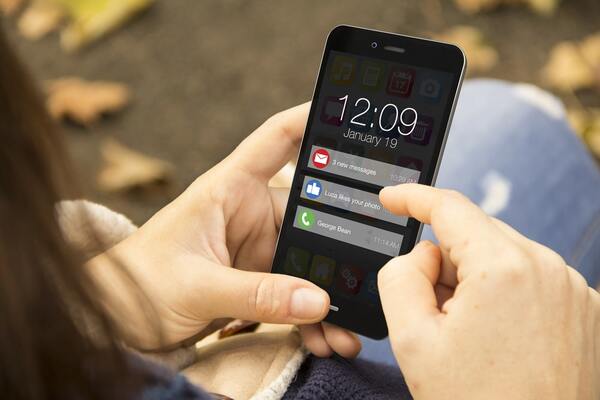
Push Notifications: what are they and why is it useful to use them for a web strategy ? Read on and find out how best to use them within your marketing strategy.
One of the main needs and desires of companies is to be able to solicit their users at any time by taking full advantage of all the tools at their disposal. Pop-ups or banners of recommended products on the site are certainly very persuasive and lead users to take actions (click, purchase, registration…). The limitation of these activities, however, is that the user can only interact with them if he or she is browsing the site in real time.
Newsletters are also one of the most effective and most widely used remarketing tools for communicating with users, provided that they have given consent to want to receive promotional communications. In fact, if the user has not left his or her information and accepted all the necessary consents to contact him or her, it will be impossible to take advantage of email as a means of communication.
So what could be a tool for an effective remarketing strategy, which can re-contact users even when they are not browsing the site or whose data we do not have, thus anonymous users? Push notifications certainly turn out to be a valuable tool to meet these two needs and to complement an effective digital marketing strategy.
What is Push Notification?
Push notifications are messages that are shown to the user on both desktop and mobile and do not require the user to be browsing the site at that specific time or even to have a browser open. Graphically, they can contain a title, a message, and a link.
The advantage of push notifications, which are true reminders, is that they capture the user’s attention when he or she least expects it, and thus recall needs or desires. Push notifications, as we have already mentioned, can be used for both desktop and mobile and are used to communicate the start of promotions or discounts or, for example, to remind the user that they have products in their shopping cart.
How to use push notifications
Main types of Push Notification
Type 1: push notification to inform and update.
This is the case with those site notifications that are intended to inform or provide updates to the user. Such as an update on a flight or hotel reservation, or an update on an order status.
Below is an example of an Amazon push notification updating on the status of an order.

Another example is a notification from British Airways updating on the opening of check-in for an airline flight.

Type 2: Push notification to engage.
These are those notifications that are intended to arouse an interest in the user and prompt them to take certain actions. Such as notification of discounts or promotions.
Here is an example of push notifications from Zalando and Westwing, which communicate discounts and promotions or the start of sales on new products.


Web Push notification and GDPR
As far as GDPR is concerned, push notifications, are absolutely compliant, in that before they are shown to the user it is necessary that the user has given consent to receive notifications, however, it is not necessary for the user to leave their email address.
Blendee and push notifications
Thanks to Blendee’s segmentation system, which is also active for anonymous users, push notifications can also be used for users who have not left their data, but whose browsing behavior information we do have.
For example: if a user is looking at a particular category or product, we could send them a push notification alerting them to discounts and promotions on that particular category/product.
Another example might be the abandoned shopping cart. If a user has products in their cart but we do not have their e-mail address, push notification could be a tool to remind them to complete the purchase. SHARE




